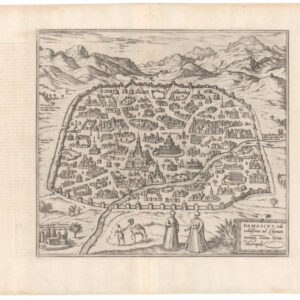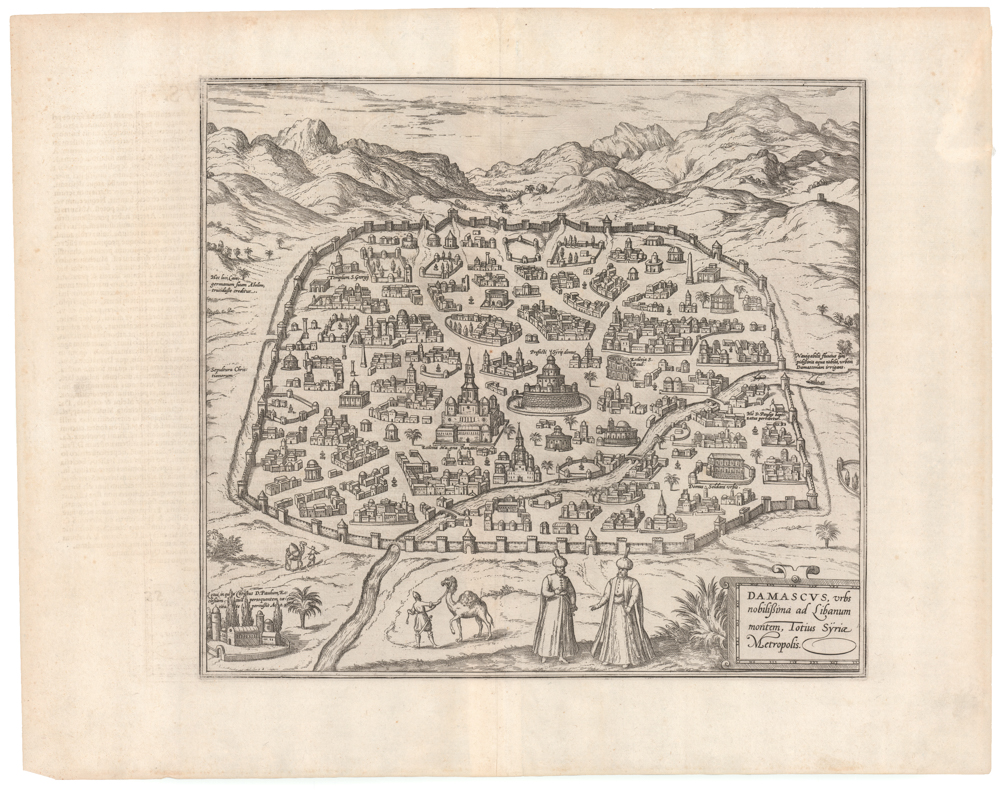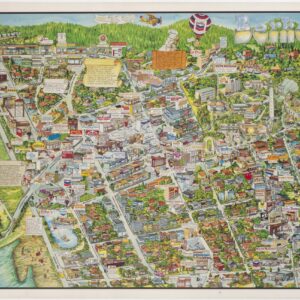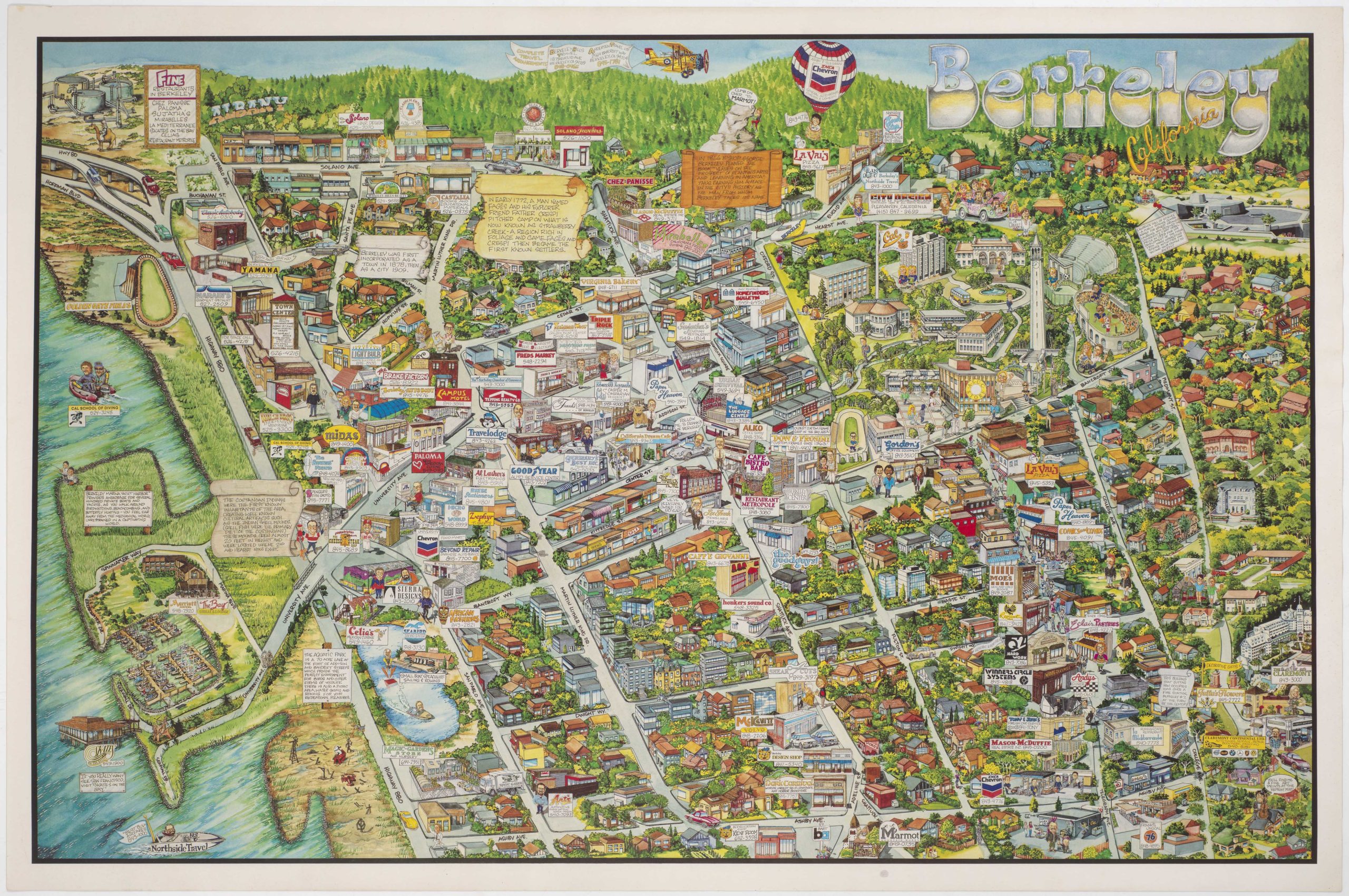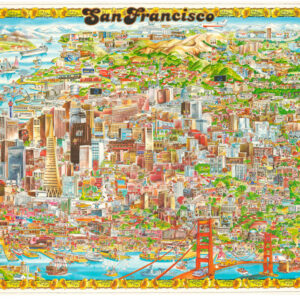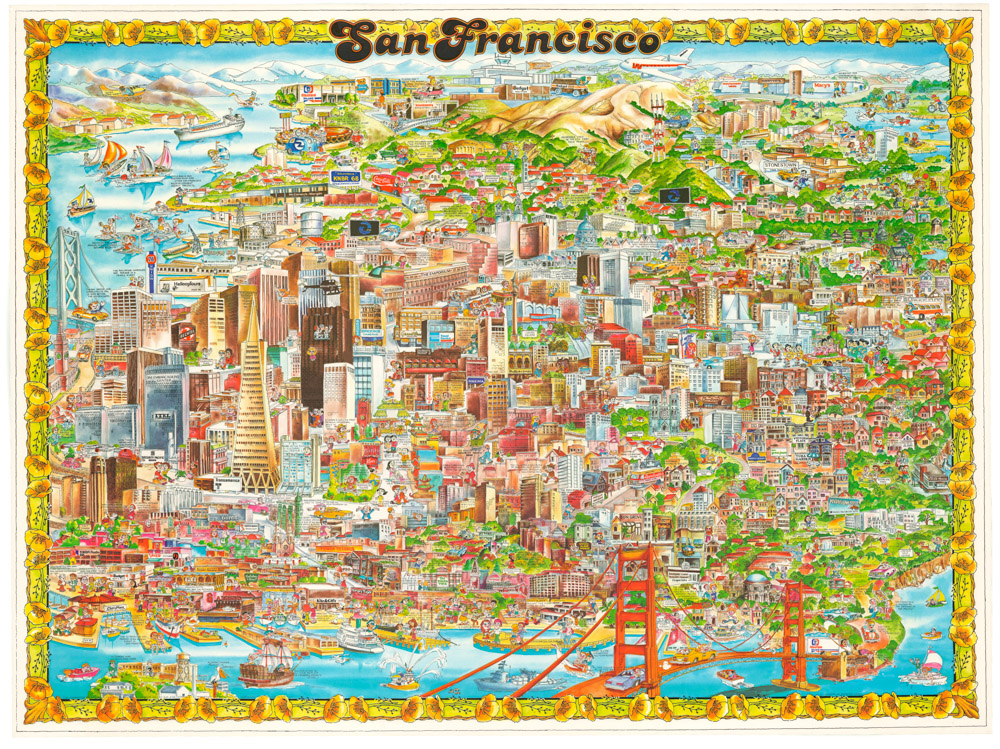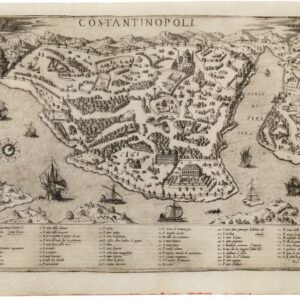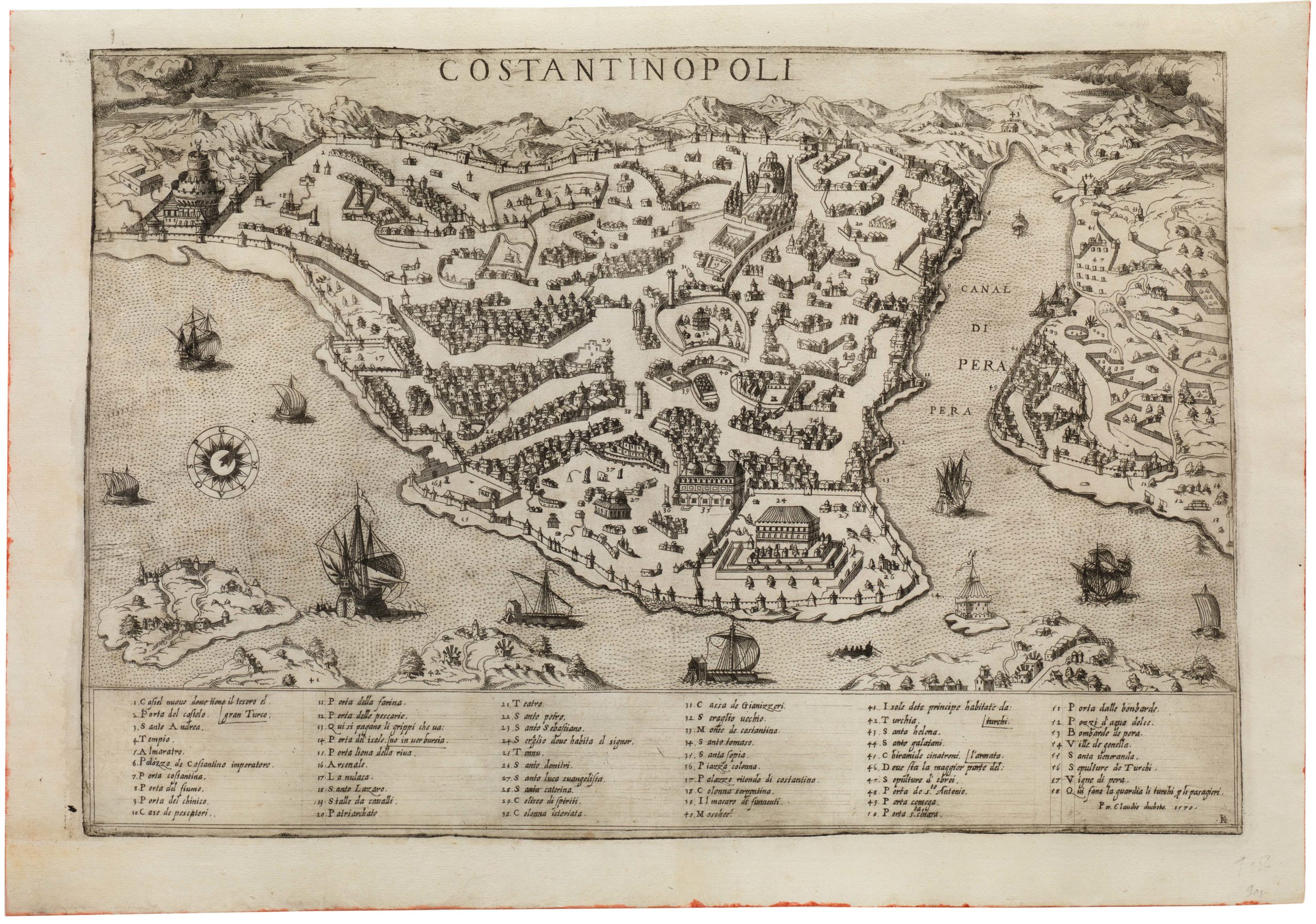Rare 1928 promotional brochure for Richmond, California, as it sought to become a major industrial hub and a residential center as well.
Ellis Landing Richmond: Industrial Harbor and Business Properties. California’s Richest Investment Opportunity
$450
1 in stock
Description
Ellis Landing, adjoining the Inner Harbor wharves in Richmond, was the site of a proposed Ford Motor plant, and other industrial projects as well. The bird’s-eye map is an uncommon perspective of the East Bay and its connections to the North Bay, with the proposed Richmond-San Rafael Bridge shown nearly thirty years before it was built. No copies are listed by OCLC/WorldCat.
The success of the growth of Richmond and the installation of the Ford plant was largely due to the efforts of Fred Parr. Parr secured the first of the promised national developments in 1926 when he read a notice in a newspaper that Ford was looking for a site on which to build a new assembly plant in the Bay Area. He first contacted Charles Bulwinkel, Ford’s assistant manager in San Francisco to learn the company’s site requirements, which were: approximately 50 acres of land; entire lot in one parcel with no intervening streets; location on the waterfront with service by deep-water channel; service by both the Southern Pacific and the Santa Fe railroads; and streets, sewers, and public utilities serving entire lot. Ford wanted to have all of those improvements made to the site without cost to the company.
Parr and Richmond mayor W.W. Scott traveled to Detroit to meet with company officials to assure them that the proposed site in Richmond would meet Ford’s specifications. Parr had paid $90,000 for the land, which included about 50 acres of dry land plus some property extending into the bay and channel. After convincing Ford company officials of the suitability of the site, he proposed a sale agreement. He asked for Ford to pay $2,500 as a down payment. He would then make all the improvements necessary at no cost to Ford. When Ford was satisfied that the site was ready, he would pay Parr the balance of what he had paid.
Parr asked that Ford pay interest on the balance until the transaction had been completed, but company officials informed him that Henry Ford never paid interest. According to Parr’s account, he tried to secure some other means of payment from the company for the time during which he was carrying the price of the land, but Ford would not compromise. Wanting to secure the deal. Parr agreed to Ford’s terms.
Cartographer(s):
Condition Description
Minor wear, very good or better. Folding brochure. Illustrated from photographs; large bird's-eye view/map; 2 smaller maps.
References
